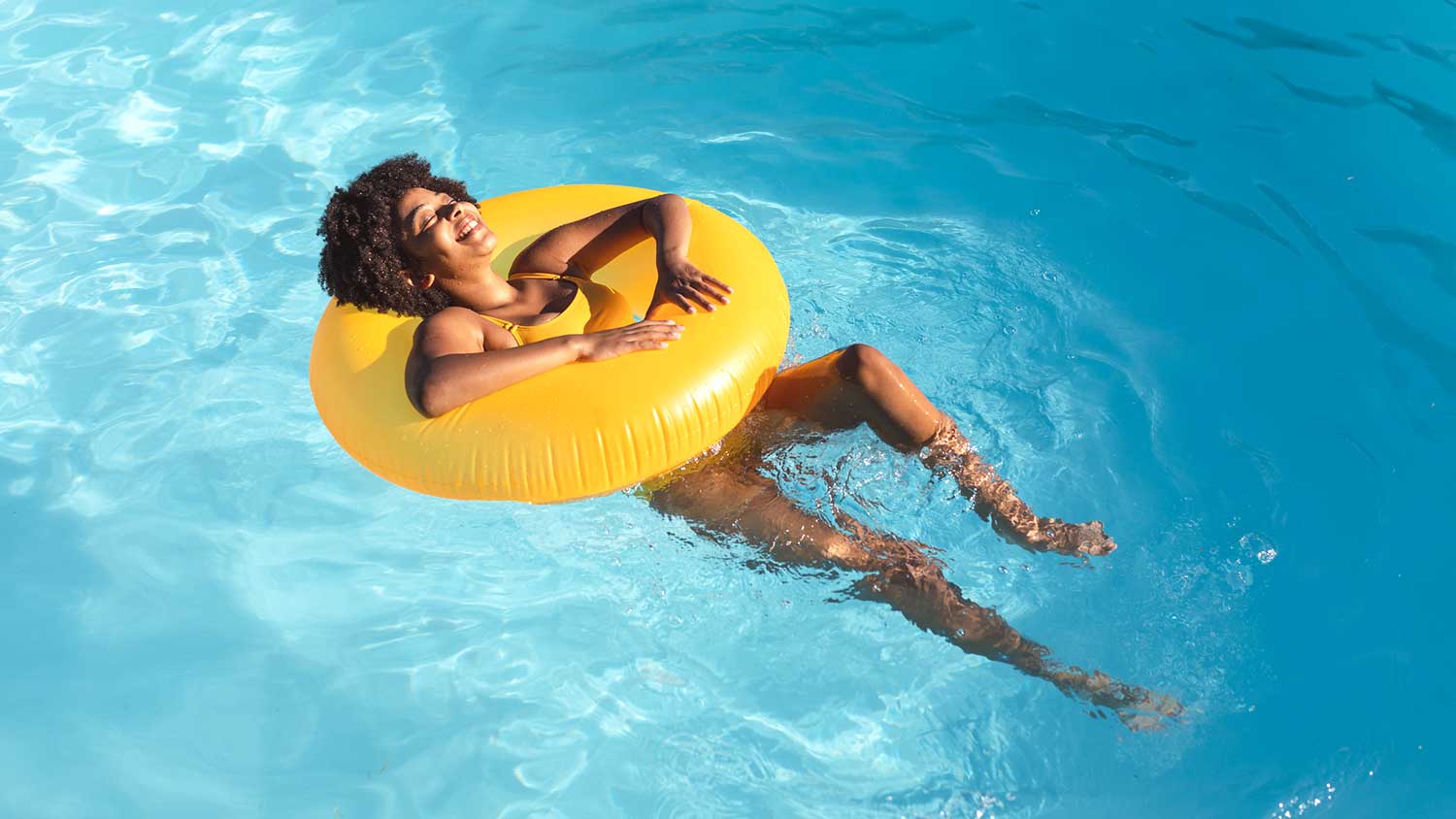
Need to know what pool resurfacing costs? Use this handy guide to get an accurate estimate for your project and see what factors can affect your total.
Dive into this to-do list to avoid drowning in pool problems


Few household activities are more peaceful than lounging by the pool, but there’s some work to do before the relaxation can begin. Every pool, whether old or new, must be regularly inspected to prevent potential issues, comply with local building codes, and ensure it’s safe for swimming. To help you dip your toes in the water, we’ve created a pool inspection checklist that covers all the key information.

Several tools and supplies are needed to inspect and prepare a pool for use. Here are the essentials:
Pool pole
Leaf skimmer
Pool vacuum
Pool water analysis kit
pH balancer
Calcium balancer
Alkalinity balance
Chlorine (liquid or tablet)

Pool inspection requires keen attention to multiple details, ranging from the state of the water itself to the plumbing and electrical components. It’s a lot to keep track of and requires specialized knowledge, so hiring a professional pool inspector in your area is often worth the money.
However, we’ve listed all the major bullet points for individuals comfortable inspecting a pool themselves and sorted them into easy-to-follow categories.

Water is clear, colorless, and the bottom of the pool is visible
pH level is between 7.2 and 7.8 (ideally 7.4)
Chlorine concentration is between 1 and 3 ppm
Alkalinity is between 80 and 120 ppm
Calcium hardness is between 200 and 400 ppm
Pool is fenced in according to local regulations
Pool fence doesn’t sag or lean and has all of its posts intact
Pool alarms make noise when tested and have new batteries
Pool cover fastens securely, has no tears or holes, and doesn’t sag
A stocked first aid kit is nearby
Drain covers are in place and show no signs of damage, cracking, or loosening
Pool gate swings closed on its own and latches securely
Pool ladders/handrails are sturdy and show no signs of rust, mold, or algae
Surfaces leading to the pool are slip-resistant
Pool walls and floor have no visible cracks, bulges, or rust stains
Coping has no visible cracks, bulges, loose tiles, or tripping hazards
Decking has no visible cracks, bulges, low areas, or loose tiles
Pool liner shows no signs of peeling, flaking, or discoloration
Area shows no signs of soil shifting, such as uneven water level, uneven decking, surface cracks, or a gap between the coping and pool shell
Shell and skimmer show no signs of water leakage, such as wet spots or sudden drops in water level

Suction fittings are properly secured, have their covers, and show no visible damage
Drainage gates are properly secured and show no signs of damage or clogging
Pump is running, primed with water, has no visible leaks, and makes no unusual noises
Pump is functioning at a normal pressure range between 12 and 17 psi
Filter shows no warning signs, such as reduced water flow, discolored pool water, or strange noises
Filter is functioning at a normal pressure range of around 10 psi
Pipes and fittings don’t leak and show no signs of calcification or deterioration
Suction lines show no signs of leaking or clogging, such as low suction, reduced water flow, or air bubbles in the pump basket
Electrical equipment is properly grounded and bonded
Lights turn on and off and provide sufficient visibility
No underground wiring within five feet of the pool
Junction box is weather-proofed and positioned at least four feet from the pool wall
All outlets and light fixtures within 20 feet of the pool have GFCI protection
No electrical lighting lower than 10 feet above the pool’s surface
No telephone wiring lower than 22.5 feet above the pool’s surface
A pool inspection costs $140 on average, but it can range from $125 to $250, depending on the size and type of the pool. Large, in-ground pools are more expensive to inspect than small, aboveground pools. Your location is also important, as pool inspections are more common and therefore less expensive in warm-weather states. Finally, your pool equipment dictates the inspection price; add-ons like diving boards, hot tubs, and waterslides increase the inspection fee.
Homeowners can and should perform routine pool inspections, checking details like water quality, pool filters, and safety equipment. However, most homeowners cannot assess a pool as thoroughly as a professional inspector can. It’s worth hiring a pro once a year to ensure your pool is safe, functional, and up to code. Although it’s more expensive than the DIY route, hiring a professional can save money in the long term by identifying issues before they get out of hand. For comparison, average pool repairs cost between $240 and $1,160.
From average costs to expert advice, get all the answers you need to get your job done.

Need to know what pool resurfacing costs? Use this handy guide to get an accurate estimate for your project and see what factors can affect your total.

Pool covers are a great way to maintain safety, reduce cleaning, and even bring down utility bills. Learn how much a pool cover costs in this price guide.

When budgeting for a new pool, don't forget to incorporate the price of a pool filter to keep your water fresh and clear. We'll break down the pool filter cost here.

Pool maintenance isn’t a one-size-fits-all solution. You’ll need to discuss these pool maintenance questions with a pro to develop a fine-tuned plan.

Your pool heater should keep your pool comfortable for when you’re ready to jump in, but how long should a pool heater last? Here’s what you need to know.

An easy weekly pool maintenance checklist can keep your pool free of algae and debris so you and your family can swim all summer long.